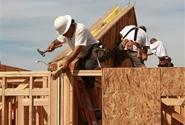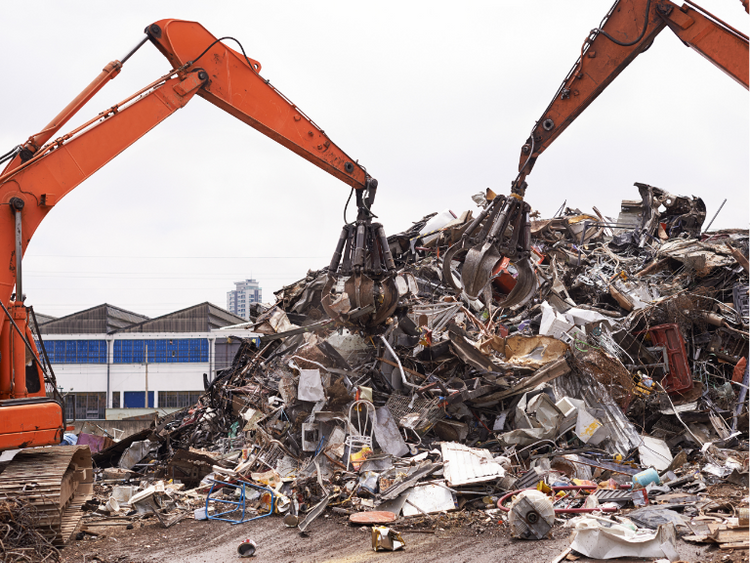Analysis

April 17, 2017
Housing Starts Fall in March but Permits Rise
Written by Sandy Williams
Housing starts fell 6.8 percent in March, dropping further than expected. The rate was the biggest decline in three years but still 9.2 percent higher than the rate in March 2016. According to the U.S. Census Bureau and the U.S. Department of Housing and Urban Development, starts were at a seasonally adjusted annual rate of 1,215,000.
Single family housing starts fell 6.2 percent while construction starts for buildings with five units or more fell 6.1 percent. Declines were heaviest in the Midwest with total starts down 16.2 percent and single family housing plummeting 35.0 percent. The Northeast was the only region to see total starts increase with a jump of 12.9 percent entirely from multi-family housing.
Permit authorizations, an indicator of future construction, were up 3.6 percent from February to a seasonally adjusted annual rate of 1,260,000. Building permits increased 16.7 percent in the West, 15.5 percent in the Northeast, and 6.0 percent in the South. The Midwest trailed the rest with a decline of 22.0 percent.
Permit growth coincides with continued confidence in the market by builders. The National Association of Home Builders reported sentiment falling three points to 68 on the April Housing Market Index after an unusually high March reading.
“Today’s numbers are aligned with our builder confidence metric, which contracted slightly this month but is on solid footing overall,” said Granger MacDonald, chairman of the NAHB.
“The three-month moving average for single-family starts has reached a post-recession high, which shows that this sector is continuing to firm,” said NAHB Chief Economist Robert Dietz. “We can expect further gains in single-family production throughout the year, while multifamily starts should level off.”







